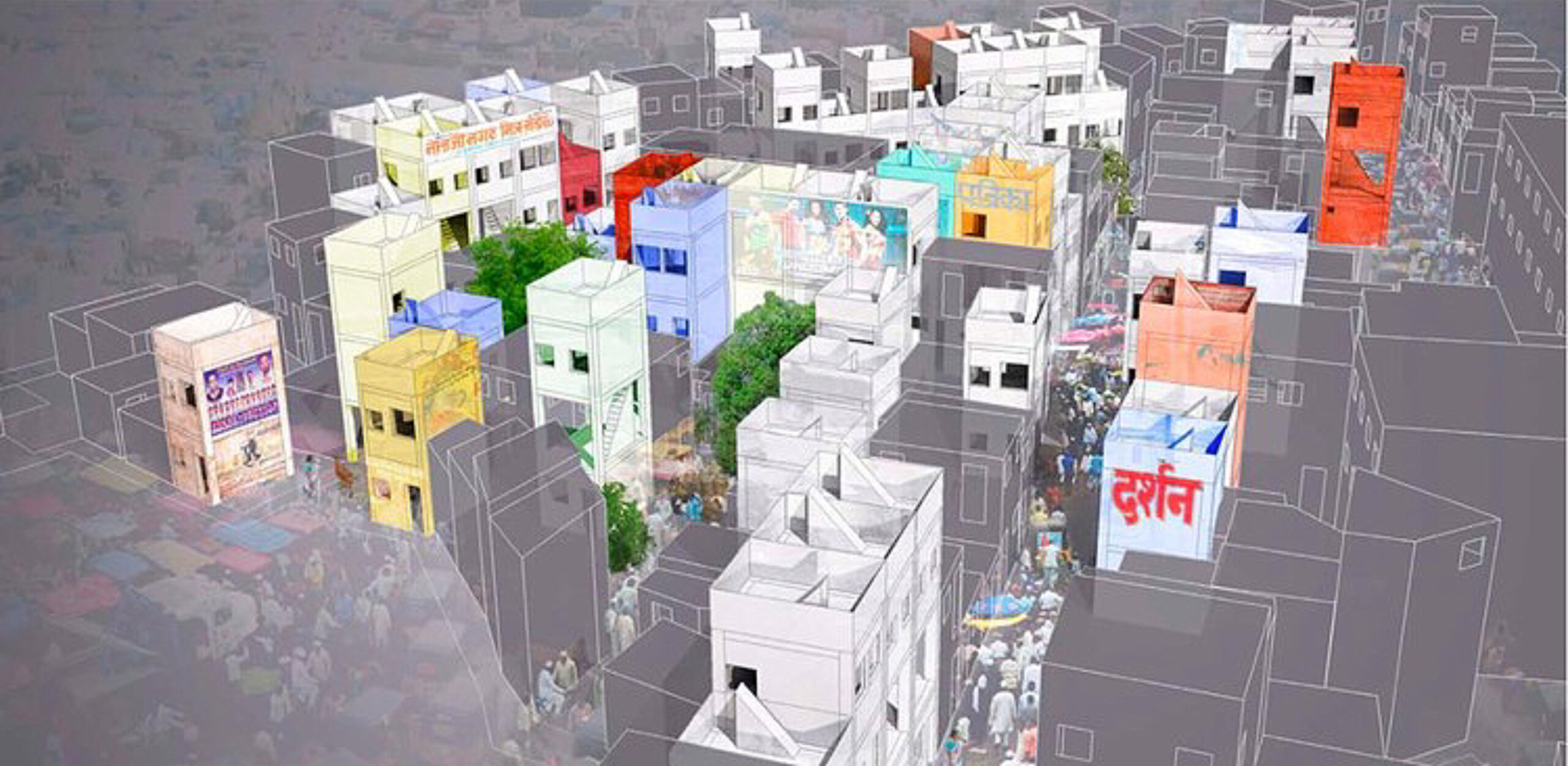


left: Parts of a tent
middle: A camp subdivided into sectors, blocks, and communities
right: Three community plans for transitional settlements: the Hollow Square plan, the Staggered plan, and the Community Road plan.
All diagrams www.shelterproject.org
| Date | 1997–present |
| End Client | Displaced populations |
| Design Center | Martin Centre for Architectural and Urban Studies, University of Cambridge |
| Design Team | Joseph Ashmore, Dr. Tom Corsellis, Peter Manfield, Antonella Vitale |
| Project Partner | Oxfam, Great Britain |
| Consultants | Peer reviews by technical consultants from a range of humanitarian aid organizations |
| Website | www.shelterproject.org |
shelterproject is an informal research project based at the Martin Centre for Architectural and Urban Studies at the University of Cambridge.
In 1997 architect Dr. Tom Corsellis, whose background included field work with aid organizations such as CARE and UNHCR, teamed with a group of researchers to rethink the way emergency shelter was designed and implemented.
For years the design of relief tents revolved around two main considerations: cost and ease of assembly. Most tents were made from canvas. But canvas tents were heavy and costly to ship, and because canvas rots, the tents deteriorated quickly and could not be stockpiled for long periods. Wear and tear on the weakened material in the field significantly shortened the useful lifespan of the shelter.
To further complicate matters, there were no standards for the way tents were manufactured and dispatched. In an emergency everything got used. Refugees in snow-prone regions might receive plastic sheeting, while winterized tents might get shipped to warm, desert climates. The logistics of procurement and shipping meant that tents sometimes arrived after the greatest need for them had passed. What’s more, once they were distributed tents were often assembled without consideration for drainage, firebreaks, and other critical siting issues. As a result they were used with varying degrees of success; sometimes they were effective, other times not.
Starting in 1995 shelterproject collaborated with Oxfam GB to develop a guide to tents. The project was significant because of its scope and the collaborative nature of the group’s approach. The team sought input from numerous aid organizations including UNHCR, Oxfam, Care, and CHF. Called simply “Tents,” the booklet underwent a series of peer reviews and was published in 2004 by the UN Office for the Coordination of Humanitarian Affairs (UNOCHA).
More recently shelterproject has worked with the humanitarian community to address the broader issue of creating transitional settlements and to better bridge the gap between relief work and future development. In 2005 it consolidated information from a number of sources to publish a set of best practices guidelines (“Transitional Settlement: Displaced Populations”). The guidelines offer a broad overview of emergency shelter and planning as well as technical recommendations on a wide range of issues, from protecting shelters from rodents to building with bamboo to preventing the sexual exploitation of women.
















READ OR LEAVE A COMMENT